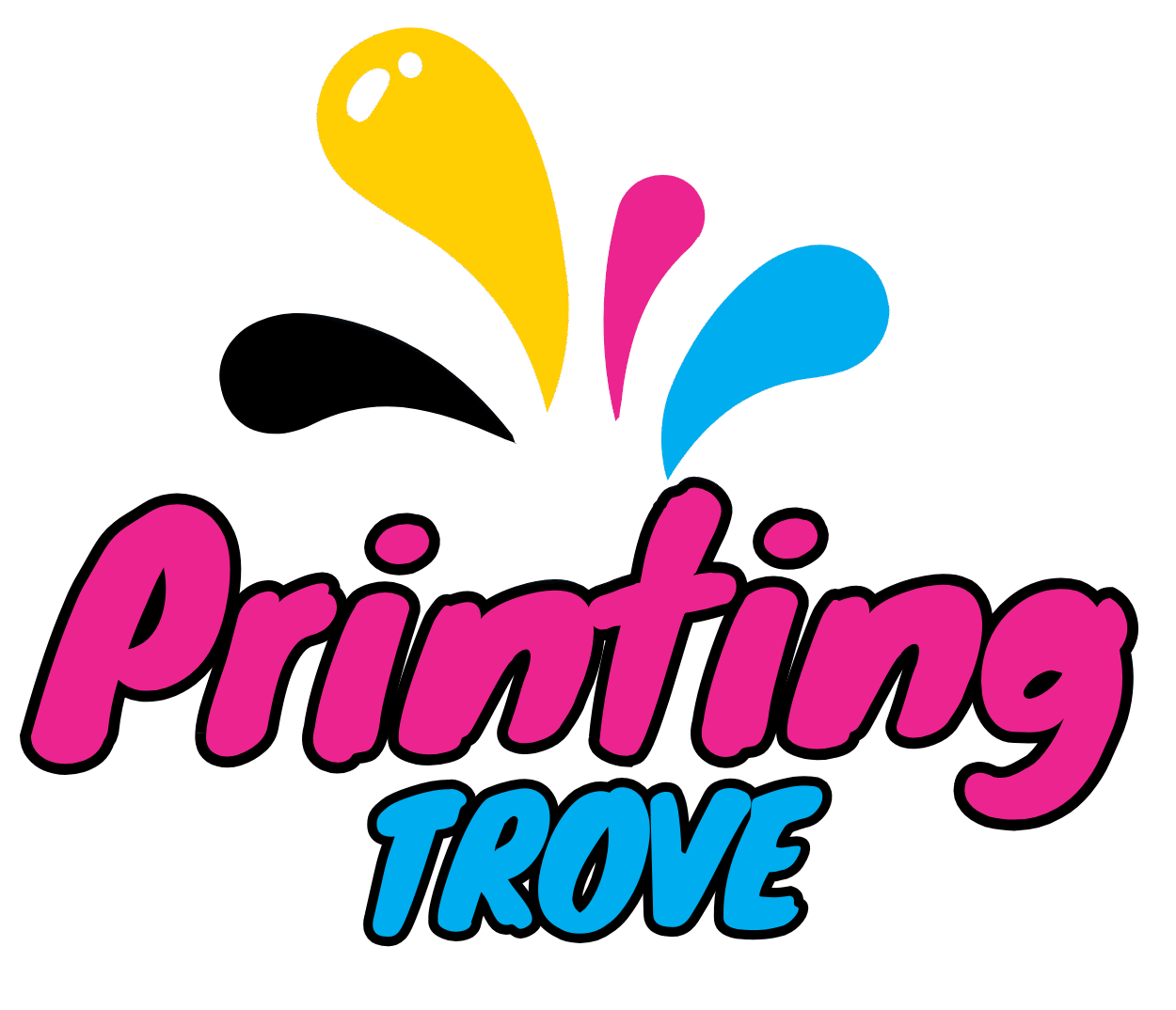The demand for custom t-shirt printing and personalized products is growing rapidly, and two of the most popular methods are sublimation printing and heat transfer vinyl (HTV). While both techniques offer unique benefits, they also come with specific limitations that can confuse beginners.
If you’re planning to start a printing business or simply want to create your own custom designs, it’s important to understand the difference between sublimation and HTV. In this guide, we’ll break down both methods in terms of cost, durability, design flexibility, and material compatibility—so you can make the right choice for your projects.
Key Takeaways
- Sublimation printing is best for polyester fabrics and light-colored surfaces, offering vibrant, long-lasting results.
- Heat Transfer Vinyl (HTV) works on a wide range of fabrics and surfaces, including cotton, but may peel or crack over time.
- Both methods have unique strengths: sublimation excels in photorealistic designs, while HTV allows textured, metallic, and layered effects.
- Your choice depends on budget, durability needs, and target material.
Diving into Sublimation Printing

The Science Behind Sublimation Ink and Printers
Sublimation uses special sublimation ink that turns into gas under heat and pressure. This gas penetrates polyester fibers or polymer-coated surfaces, creating a permanent bond. Unlike surface printing, sublimation designs become part of the material itself.
Why Polyester Materials Are Prime for Sublimation
Sublimation only bonds with polyester fibers or items with a polymer coating. That’s why polyester t-shirts, mugs, keychains, and mobile covers are the most popular choices. Cotton fabrics and dark surfaces don’t work well for sublimation without special coatings.
Exploring Heat Transfer Vinyl (HTV)

The Role of a Vinyl Cutter in HTV Application
HTV is a colored vinyl sheet with a heat-sensitive adhesive backing. A vinyl cutter cuts your design into the sheet, which is then applied to fabric using a heat press or household iron.
Comparing Iron on Vinyl and Printed Vinyl Options
- Iron-on vinyl: Simple single-color designs, perfect for names, logos, or shapes.
- Printed vinyl: Allows full-color graphics, patterns, and effects such as glitter, metallic, or holographic finishes.
Comparing Costs: Sublimation vs Heat Transfer Vinyl

Equipment Investments for Starters
- Sublimation setup: Sublimation printer, sublimation ink, heat press, sublimation blanks (moderate to high initial cost).
- HTV setup: Regular printer (for printable HTV), vinyl cutter, and heat press or iron (lower initial cost).
The Long-Term Value Proposition
- Sublimation: Lower cost per print once setup is ready, but limited to polyester surfaces.
- HTV: Higher material cost per design, but more flexibility across cotton, polyester, blends, wood, and leather.
The Battle of Durability: Sublimation Prints vs HTV

How Sublimation Embeds Itself into Fabrics
Since sublimation bonds inside the fibers, prints don’t crack, peel, or fade easily. They last as long as the fabric itself.
The Lifespan of Heat Transfer Vinyl Designs
HTV designs sit on top of the fabric, which means they can crack or peel after repeated washes. Quality vinyl and proper pressing can extend durability, but it won’t match sublimation’s lifespan.
Design Versatility and Limitations

Photorealistic Possibilities with Sublimation
Sublimation is ideal for photo printing—vibrant colors, gradients, and detailed images are captured perfectly.
Creative Constraints and Strengths of HTV
HTV shines when it comes to textures and finishes (glitter, metallic, flock, holographic). However, it’s less effective for highly detailed or photographic designs.
Application Techniques: Sublimation vs HTV

From Print to Press: The Sublimation Process
- Design your artwork (mirror image).
- Print on sublimation transfer paper with sublimation ink.
- Heat press onto polyester fabric or coated blanks.
Mastering HTV Application
- Cut design into HTV sheet using a vinyl cutter.
- Weed out unwanted vinyl.
- Place on fabric and apply heat with a press or iron.
Material Matters: Fabric and Surface Compatibility

Ideal Use Cases for Sublimation and HTV
- Sublimation: Polyester t-shirts, mugs, plates, mouse pads, keychains, mobile covers.
- HTV: Cotton shirts, polyester blends, tote bags, hoodies, caps, wood, leather, and more.
Conclusion (SEO Optimized)
Both sublimation and heat transfer vinyl have their strengths, and the right choice depends on your goals. If you want vibrant, photorealistic, and long-lasting prints, sublimation is the way to go—though it works best only on polyester and light-colored surfaces. On the other hand, HTV gives you greater flexibility, working on cotton, blends, and even hard surfaces, with options for metallic, glitter, and textured finishes.
Ultimately, your decision comes down to budget, target products, and customer needs. For small projects and creative textures, HTV is an excellent choice. For professional-quality, durable prints, sublimation is unbeatable.
